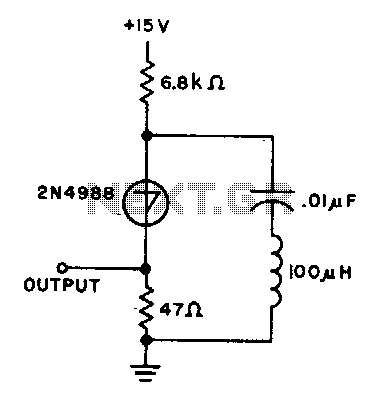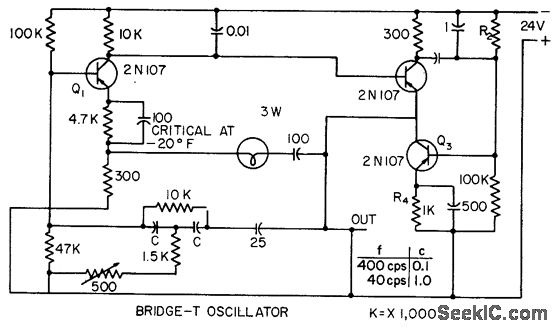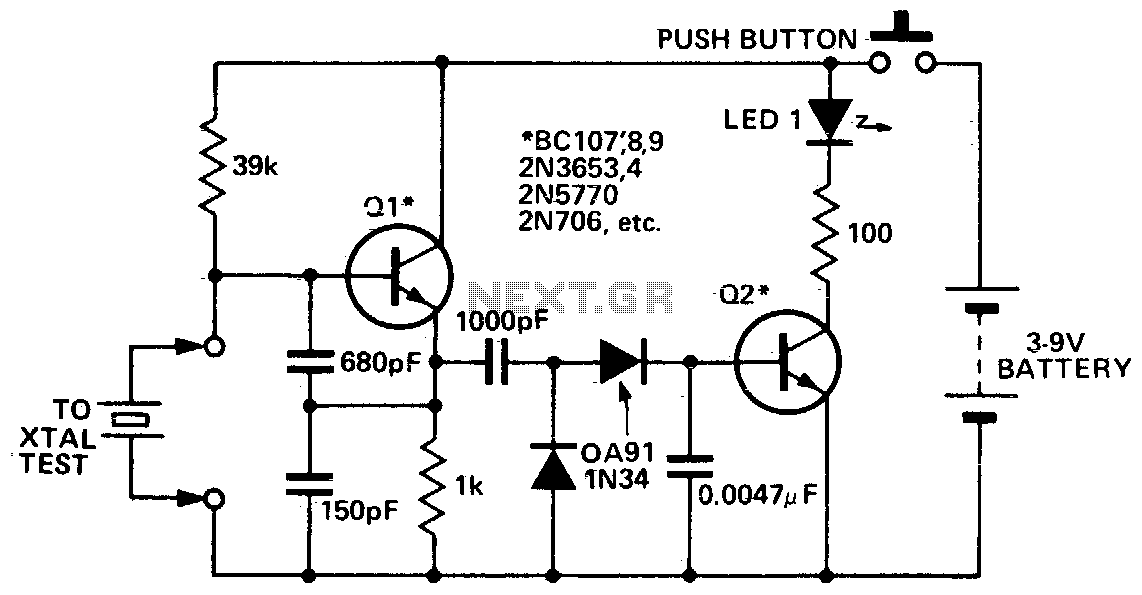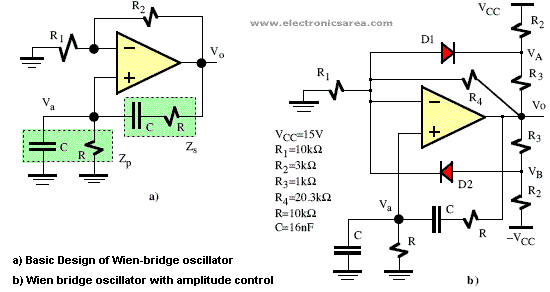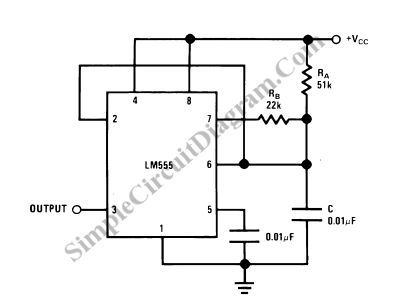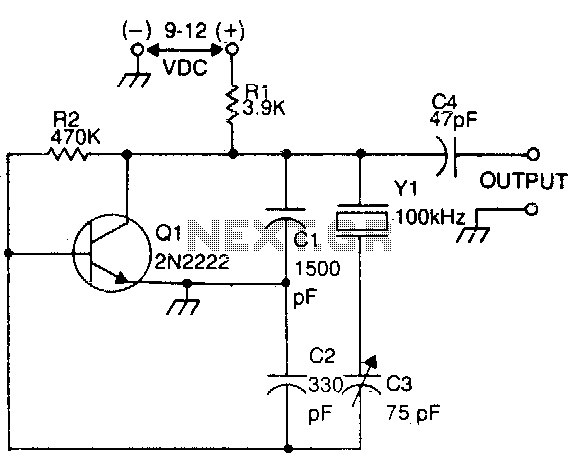
Crystal Oscillator
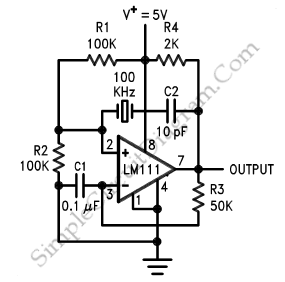
A crystal oscillator, particularly a low-frequency variant, can be effectively constructed using an operational amplifier (op-amp) as the amplification component. Below is the schematic diagram of this circuit.
The crystal oscillator circuit utilizes the properties of a quartz crystal to generate a stable frequency output. The op-amp serves as the active element that provides the necessary gain and feedback for oscillation. In this configuration, the crystal is connected in a feedback loop with the op-amp, allowing it to determine the oscillation frequency based on its physical characteristics.
The circuit typically includes several key components: the op-amp, the crystal, resistors, and capacitors. The op-amp is configured in a non-inverting amplifier mode to ensure that the output signal is of the same phase as the input, which is critical for maintaining oscillation. The crystal is connected in parallel with a capacitor to form a resonant circuit that defines the frequency of oscillation.
Resistors are used to set the gain of the op-amp and to limit the current through the crystal, protecting it from excessive power that could lead to damage. Additionally, bypass capacitors may be included to stabilize the power supply and reduce noise in the circuit.
The output of the op-amp provides a sinusoidal waveform, which can be further processed or used directly as a clock signal for various applications in digital electronics. The frequency stability and low phase noise characteristics of this oscillator make it suitable for use in communication systems, microcontroller timing applications, and other electronic devices requiring precise frequency generation.
Overall, this low-frequency crystal oscillator circuit exemplifies the practical application of op-amps in generating stable and reliable oscillations, leveraging the inherent properties of quartz crystals.Crystal oscillator, especially the low frequency one, can be easily implemented using op-amp as the amplifier. Here is the schematic diagram of such circuit:.. 🔗 External reference
The crystal oscillator circuit utilizes the properties of a quartz crystal to generate a stable frequency output. The op-amp serves as the active element that provides the necessary gain and feedback for oscillation. In this configuration, the crystal is connected in a feedback loop with the op-amp, allowing it to determine the oscillation frequency based on its physical characteristics.
The circuit typically includes several key components: the op-amp, the crystal, resistors, and capacitors. The op-amp is configured in a non-inverting amplifier mode to ensure that the output signal is of the same phase as the input, which is critical for maintaining oscillation. The crystal is connected in parallel with a capacitor to form a resonant circuit that defines the frequency of oscillation.
Resistors are used to set the gain of the op-amp and to limit the current through the crystal, protecting it from excessive power that could lead to damage. Additionally, bypass capacitors may be included to stabilize the power supply and reduce noise in the circuit.
The output of the op-amp provides a sinusoidal waveform, which can be further processed or used directly as a clock signal for various applications in digital electronics. The frequency stability and low phase noise characteristics of this oscillator make it suitable for use in communication systems, microcontroller timing applications, and other electronic devices requiring precise frequency generation.
Overall, this low-frequency crystal oscillator circuit exemplifies the practical application of op-amps in generating stable and reliable oscillations, leveraging the inherent properties of quartz crystals.Crystal oscillator, especially the low frequency one, can be easily implemented using op-amp as the amplifier. Here is the schematic diagram of such circuit:.. 🔗 External reference
